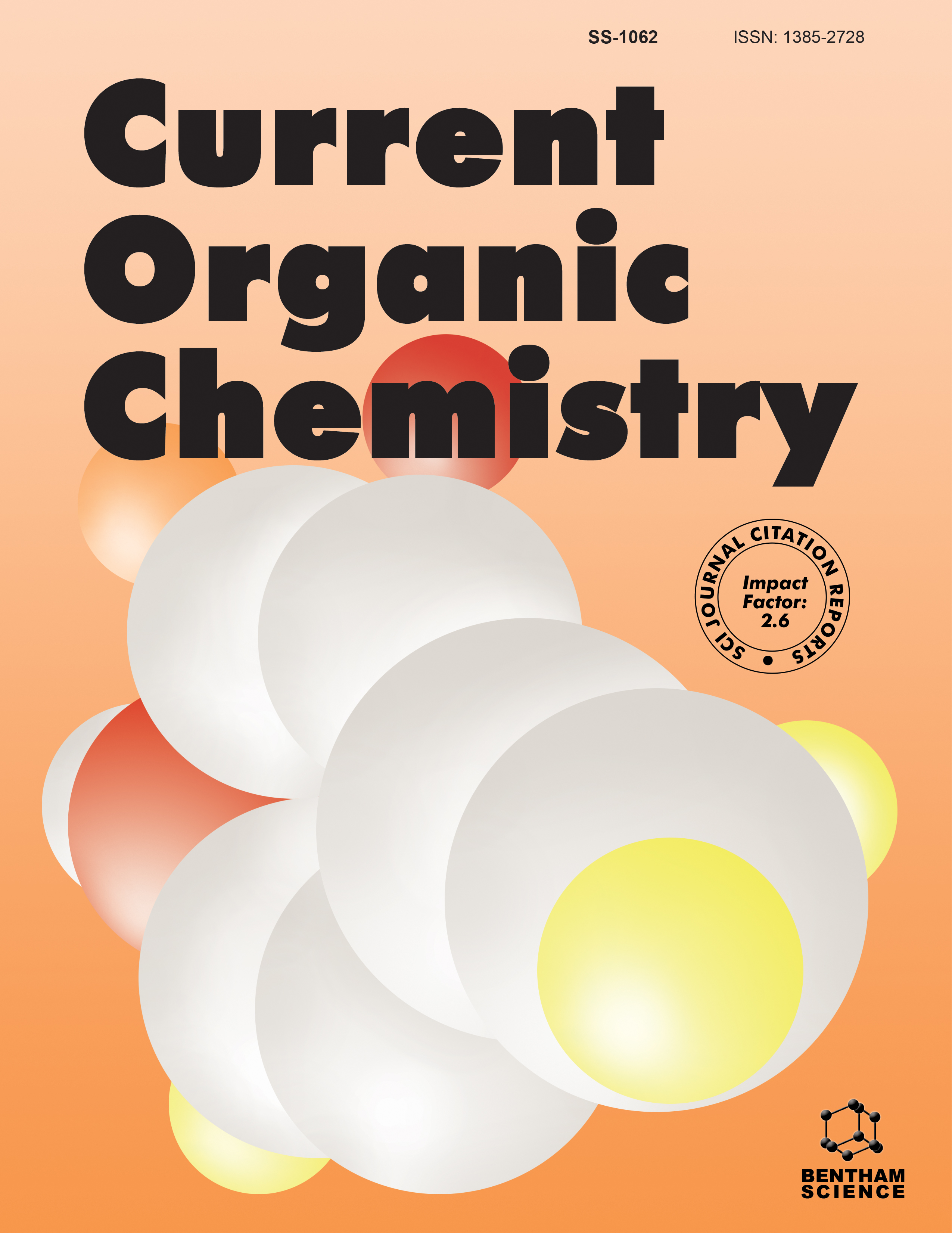-
s Green Chemistry Approaches to the Synthesis of Coumarin Derivatives
- Source: Current Organic Chemistry, Volume 24, Issue 1, Jan 2020, p. 4 - 43
-
- 01 Jan 2020
Abstract
This review is a compilation of the green synthetic methods used in the synthesis of coumarin derivatives. Coumarins are a class of compounds with a pronounced wide range of biological activities, which have found their application in medicine, pharmacology, cosmetics and food industry. Their biological activity and potential application are highly dependent on their structure. Therefore, many researchers have been performing the synthesis of coumarin derivatives on a daily basis. High demands for their synthesis often result in an increased generation of different waste chemicals. In order to minimize the utilization and generation of toxic organic substances, green synthetic methods are applied in this manner. These methods are getting more attention in the last few decades. Green chemistry methods cover a wide range of methods, including the application of ultrasound and microwaves, ionic liquids and deep eutectic solvents, solvent-free synthesis, mechanosynthesis and multicomponent reactions. All typical condensation reactions for coumarin synthesis like Knoevenagel, Perkin, Kostanecki-Robinson, Pechmann and Reformansky reactions, have been successfully performed using these green synthetic methods. According to the authors mentioned in this review, not only these methods reduce the utilization and generation of toxic chemicals, but they can also enhance the reaction performance in terms of product yields, purity, energy consumption and post-synthetic procedures when compared to the conventional methods. Due to the significance of coumarins as biologically active systems and the recent demands of reducing toxic solvents, catalysts and energy consumption, this review provides a first full literature overview on the application of green synthetic methods in the coumarin synthesis. It covers a literature search over the period from 1995-2019. The importance of this work is its comprehensive literature survey on a specific class of heterocyclic compounds, and those researchers working on the coumarin synthesis can find very useful information on the green synthetic approaches to their synthesis. There are some reviews on the coumarin synthesis, but most of them cover only specific reactions on coumarin synthesis and none of them the whole range of green chemistry methods.


